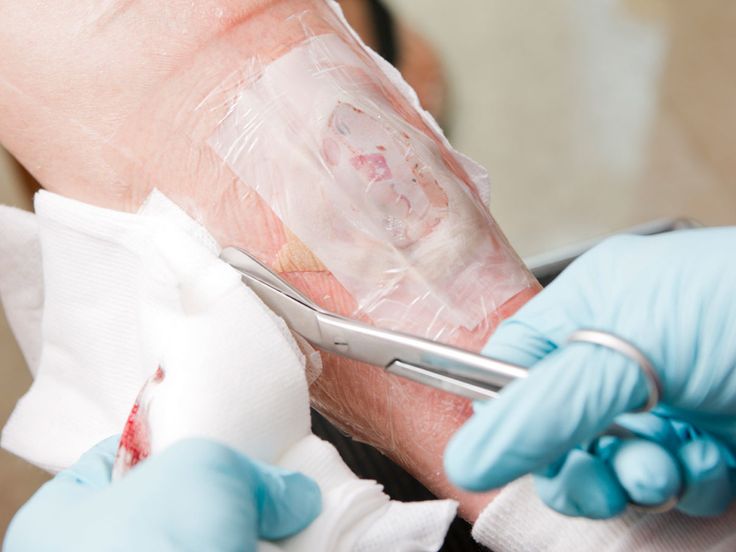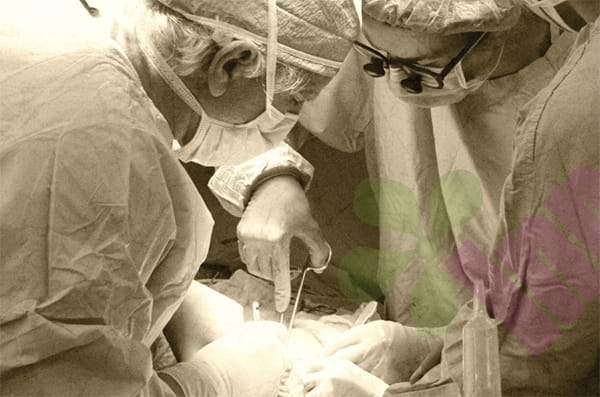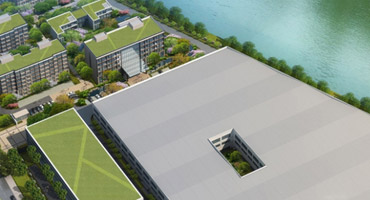When our skin is injured, doctors often choose to suture the wound to quickly close it, a process known as primary healing. However, there's another lesser-known healing method: secondary healing, which involves leaving the wound open to heal naturally. This seemingly simple method actually contains a sophisticated healing mechanism.

Why can't some wounds be sutured directly?
Secondary intention healing is typically reserved for wounds that cannot be closed directly or that present significant risks. For example, for severely contaminated wounds, direct suturing could trap bacteria and lead to infection. For wounds with large tissue defects, forced suturing could create excessive tension. Certain chronic ulcers or pressure sores, with poor blood supply to the surrounding tissue, are difficult to heal even with suturing. In these cases, doctors may choose to leave the wound open after debridement, allowing healing to occur through granulation tissue filling and epithelial creep.
What is the healing process like?
First, there's the inflammatory phase, during which the wound secretes inflammatory fluids to remove necrotic tissue and bacteria. Excessive exudate may be seen during this phase. Next, the proliferative phase begins, during which red granulation tissue begins to grow at the base of the wound. This tissue, rich in capillaries, appears bright red and granular, and bleeds easily to the touch. As the granulation tissue gradually fills the wound defect, skin cells from the edges begin to migrate toward the center to cover it. This is the epithelialization phase. Finally, the remodeling phase occurs, during which the newly formed tissue gradually becomes smoother and firmer, and its color changes from bright red to a more normal skin tone.
During nursing?
Caring for this type of wound requires more patience and skill. It is important to maintain a moderately moist environment. It should not be too dry to cause scabs that hinder epithelial migration, nor too wet to cause maceration. Choosing the right dressing is critical. For wounds with a lot of exudate, alginate or foam dressings can be used to absorb exudate; when granulation tissue begins to grow, hydrocolloid dressings can be used to promote epithelialization. Regular debridement to remove necrotic tissue is also necessary, but attention should be paid to protecting healthy granulation tissue. Nutritional support should not be ignored. Adequate protein, vitamin C, and zinc intake can accelerate the healing process.
What are the advantages and disadvantages of secondary healing?
The biggest advantage of this healing method is that it reduces the risk of infection and is particularly suitable for contaminated wounds. It allows the wound to heal naturally from the inside out, avoiding dead space and tension issues after suturing. For some chronic wounds, secondary healing may be the only viable option. However, the disadvantages are also obvious. The healing time is significantly prolonged, which may take weeks or even months. The scar after healing is usually wide and obvious. Frequent dressing changes and care are required, which is a challenge for both patients and medical staff. Complications such as excessive granulation and stagnant epithelialization may also occur during this period.
Note:
While secondary healing can be managed at home, some situations require professional attention. For example, obvious signs of wound infection, such as increased redness, swelling, heat, and pain, purulent exudate or an odor; excessive granulation tissue growth that rises above the skin surface and hinders epithelialization; the appearance of black or yellow necrotic tissue at the base of the wound, making self-debridement difficult; and systemic symptoms such as fever and fatigue. Patients with diabetes, weakened immune systems, and poor circulation require close observation, as these individuals are more susceptible to complications.
Although secondary intention healing is a lengthy process, most wounds ultimately heal successfully with proper care. Understanding the characteristics and patterns of this process can help patients better cooperate with treatment and promptly identify and address any problems. Patience and perseverance are paramount when dealing with wounds requiring secondary intention healing. For more information on Innomed® Silicone Scar Dressing, refer to the Previous Articles. If you have customized needs, please contact us; we will wholeheartedly. At longterm medical, we transform this data by innovating and developing products that make life easier for those who need loving care.
Editor: kiki Jia

 English
English عربى
عربى Español
Español русский
русский 中文简体
中文简体








